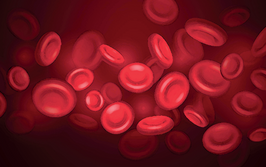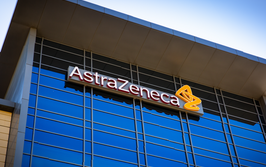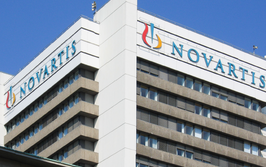Using NTA to evaluate aggregation behavior of liposome-protein complexes

contributed by Malvern Panalytical |
Rapid, high-resolution characterization of liposome-insulin receptor complexes in various buffer systems by Nanoparticle Tracking Analysis
Abstract
Aggregation of both biological and synthetic materials is a source of serious concern, posing problems at various stages of the discovery and formulation processes. Liposomes have been used in drug discovery and drug delivery for some time, and the biophysical characterization of these systems and their payloads is critical to understanding their function. One such payload is the membrane-associated receptor tyrosine kinase (RTK) targets which continue to be the focus of many discovery campaigns. RTKs are typically single-pass transmembrane signaling proteins which are difficult to purify intact, and are important targets in many disease pathways.
Our aim is to correlate previously published activity data with the changes in size and aggregation state of the liposome-RTK complex as measured by Nanoparticle Tracking Analysis (NTA) by the NanoSight product range from Malvern Instruments.
Introduction
Aggregation of both biological and synthetic materials is a source of serious concern, posing problems at various stages of the discovery and formulation processes. The ability to identify and characterize aggregates is of broad utility, and the experiments described here demonstrate the unique ability of the Nanoparticle Tracking Analysis (NTA) technique to understand the dynamics of aggregation in a biological system through high resolution particle-by-particle analysis.
Log in or register to read this article in full and gain access to The Medicine Maker’s entire content archive. It’s FREE!



















